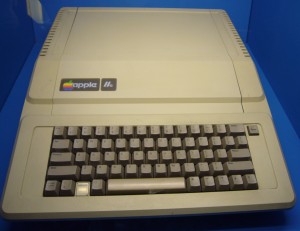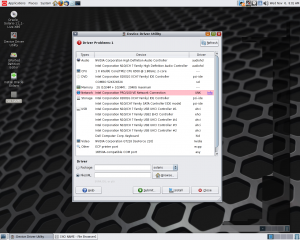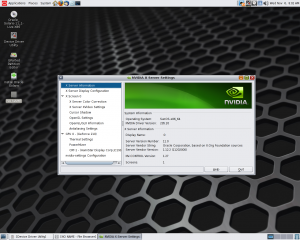Thomas Holbrook II | The *Nixed Report

The past several weeks have seen accusations of media venues peddling fake news and that something has to be done about it. Believe it or not, major venues are not without sin in that category. Here are just three instances in which major media publications and networks got things wrong.
Kevin Mitnick
He was a computer hacker who had mastered the art of social engineering. Mitnick got himself into some trouble in the 1990’s to the point where John Markoff was writing sensationalist stories about him. Markoff claimed he was the FBI’s most wanted computer hacker (he wasn’t), and even claimed that Mitnick broke into the computer systems of a bank in order to distribute a fake press release.
In reality, the so called fake “$400 million loss,” was actually human error as opposed to malicious intent. As for being the most wanted by the FBI, he was on a US Marshall’s poster, but that’s not quite the same thing. Due to such sensationalist stories, Mitnick’s civil liberties were blatantly violated as he was prevented from even having a trial (he plead out so he would no longer be placed in solitary confinement).
Fortunately, Mitnick is now a successful consultant who helps businesses keep their information secure. He is also a successful author of multiple books.
Iraq and WMD’s
As Jon Schwarz of The Intercept points out, major media outlets are still getting this one wrong. The false premise of invading Iraq was that Saddam Hussein had weapons of mass destruction and that he was aiding Al Qaeda. In reality, both were bitter enemies.
As for the weapons that were found, they were the very same weapons that existed well before Dessert Storm and Shield. They were holdovers from the Iraq-Iran war in the 1980’s. Some of the weapons couldn’t be destroyed safely due to their very nature, and Hussein was not about to attempt to utilize them.
The world would have discovered it quickly.
The other weapons were ones that Hussein didn’t know about as his regime lost track of them. They weren’t the only military force to lose track of resources as the US Military has also done the same.
Numerous casualties and injuries would result from Operation Iraqi Freedom.
New York Times and Their Fake News Problem
Remember Jayson Blair? He was let go because he plagiarized or outright faked his news coverage. Salon has an interesting piece describing a big problem in terms of media coverage.
Blair wasn’t the only one who played a part in misleading the public. Another individual was involved in pushing the talking points of George W Bush’s administration. Among said points includes the previously covered instance above.
Conclusion
Accusations of bias and being fake aren’t necessarily new nor are actual acts of either. Multiple mainstream venues have indeed made mistakes in terms of accuracy and are not without sin.
So the next time you hear somebody ask about fake news, you may want to ask them, “Remember Brian Williams?”










